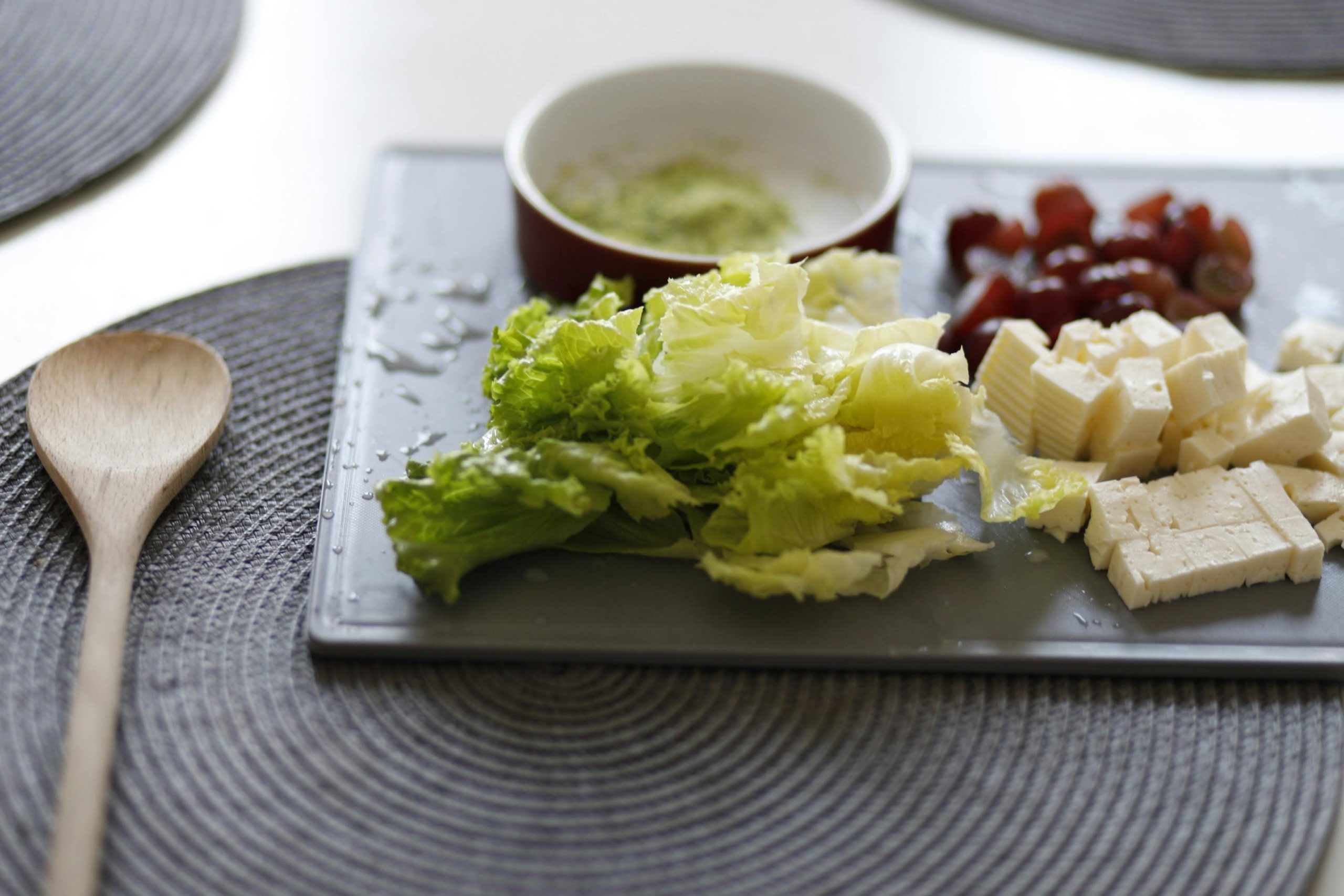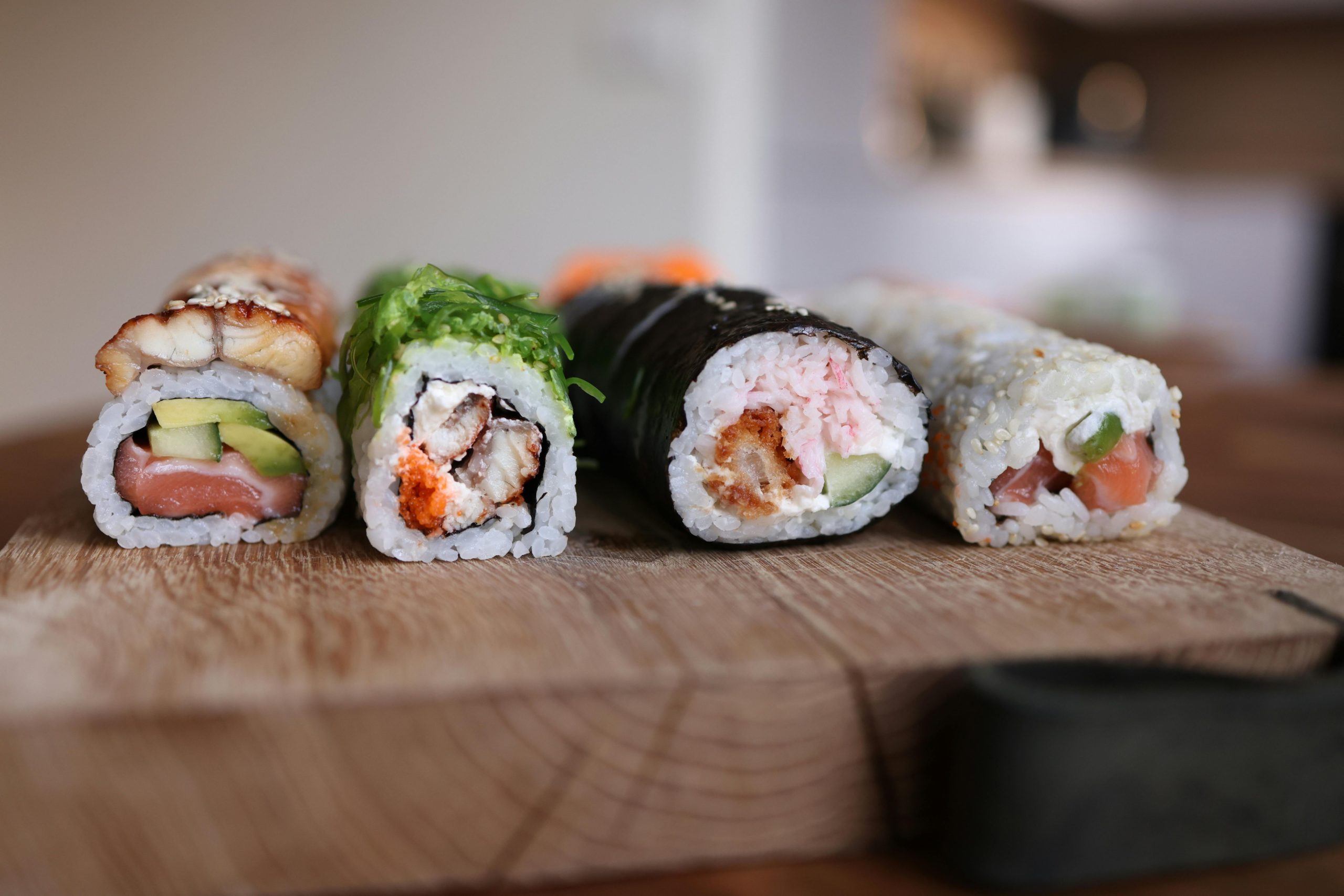Ever wondered what makes a dish uniquely captivating and rich with culture?
Finding a cuisine that combines tradition, flavour, and health benefits can often feel like a culinary treasure hunt.
Okura food, originating from West Africa, is celebrated for its vibrant spices and nourishing ingredients, making every meal a delightful cultural celebration.
In this blog post, we’ll dive into the origins, various uses, and culinary wonders of Okura food, exploring everything from its historical significance to how it can transform your cooking.
Unraveling the Etymology of Okura Food
The term “Okura” is derived from African languages, with its roots deeply entrenched in the cultural and linguistic traditions of the continent. The word traces back to the Umbundu language as ochinggõmbo and the Kimbundu language as kingombo, illustrating its rich heritage and the integral role it plays in African cuisine.
Over time, “Okura” has evolved and spread across different regions, adapting to various languages and cultures. In the United States, for instance, it is commonly known as “gumbo,” a term that resonates with the culinary traditions of the American South. This linguistic journey not only reflects the adaptability of Okura but also its widespread appeal and versatility in global cuisines.
The Geographical Journey of Okura
Okura’s journey from its African origins to becoming a global culinary staple is a testament to its versatility and universal appeal. Initially cultivated in regions like Ethiopia, Eritrea, and eastern Sudan, Okura quickly found its way across the Arabian Peninsula and into India, where it became a popular ingredient in local cuisines.
The spread of Okura continued with the Umayyad conquest of Hispania, introducing it to Europe, and subsequently to the Americas through the transatlantic trade routes. In each locale, Okura was embraced and incorporated into traditional dishes, evolving into a beloved ingredient in a myriad of culinary cultures around the world.
Botany and Cultivation Techniques of Okura
Okura, scientifically known as Abelmoschus esculentus, thrives in tropical and warm temperate climates, making it a staple in diverse agricultural landscapes. Cultivation requires a soil pH between 5.8 and 7.0, and the plant benefits significantly from full sunlight exposure.
Effective cultivation of Okura involves careful soil preparation and the management of irrigation and pests. Farmers aim to maintain soil fertility and structure to support the healthy growth of Okura plants, ensuring that they produce tender and flavourful pods.
Production Insights: From Seed to Okura

The journey of Okura from seed to harvest is a meticulous process that begins with the selection of high-quality seeds planted in well-prepared soil. Optimal planting times vary by region, but generally, the seeds are sown after the last frost when the soil has sufficiently warmed.
Throughout the growing season, Okura requires consistent watering and vigilant pest management to ensure healthy growth. Harvesting typically occurs when the okra pods are immature, about 2-3 inches long, to prevent them from becoming fibrous and woody.
Exploring the Multifaceted Uses of Okura
Okura, more commonly known as okra, is not only a staple in many global cuisines but also serves a variety of purposes beyond the kitchen. Its versatility extends from culinary uses to playing a significant role in health and industry. This section explores the multifaceted applications of Okura, demonstrating its value across different sectors.
In the culinary world, Okura is celebrated for its unique texture and flavor, which enhances numerous dishes. However, its benefits extend further into nutritional supplements and industrial uses, where its properties are harnessed in innovative ways. This makes Okura a truly versatile ingredient, appreciated not just for its taste but also for its utility in various fields.
Whether it’s being incorporated into a delicious recipe or used in manufacturing processes, Okura’s contributions are diverse. Understanding the full scope of Okura’s applications can provide a deeper appreciation for this remarkable plant and its broad impact on our daily lives.
Nutritional Profile of Okura

Okura is not only a delicious vegetable but also a powerhouse of nutrients. It is low in calories but rich in vitamins and minerals, making it an excellent addition to a healthy diet. Each serving of Okura provides essential nutrients such as Vitamin C, Vitamin K, and magnesium.
The nutritional benefits of Okura are vast, including its high dietary fiber content, which supports digestive health. Here are some key components found in Okura:
- Dietary Fiber: Helps in improving digestive health.
- Vitamin C: Boosts the immune system.
- Vitamin K: Essential for blood clotting.
- Magnesium: Supports muscle and nerve function.
Industrial Applications of Okura
Beyond the kitchen, Okura has found its place in various industrial applications. Its components are used in the manufacturing of products such as paper and textiles, where Okura’s natural properties are beneficial. The mucilaginous texture of Okura is particularly useful in the food industry as a natural thickener and stabilizer.
The seeds of Okura are also valuable in industrial settings. They are used to extract oil, which is then employed in the production of some cosmetics and pharmaceuticals. This showcases Okura’s role not only as a food item but also as a key ingredient in industrial processes, highlighting its multifunctional nature.
Culinary Delights: Cooking with Okura
Okura, a staple in West African cuisine, is renowned for its unique texture and versatility in cooking. This vegetable, often known as okra in many parts of the world, can transform any dish into a culturally rich and flavorful experience. Its ability to absorb spices and seasonings makes it an excellent base for a variety of okra recipes.
From stews to fried dishes, okura is celebrated across numerous culinary traditions. In cooking, it’s not just about the flavor but also the texture it brings to dishes. Okura can be slimy if not cooked properly, but when mastered, it adds a delightful thickness to recipes like gumbo or can be crisped up for a satisfying crunch in fried okra dishes.
The cultural significance of okura dishes goes beyond taste and texture, reflecting the history and soul of the regions where it’s a dietary staple. Each okura dish offers a glimpse into the traditions and practices of the people, making it a key ingredient in the narrative of culinary heritage in West African communities.
Best Ingredients to Pair with Okura
When it comes to enhancing the flavor of okura, several ingredients make perfect companions. Soy sauce and mirin provide a sweet and salty balance, complementing the subtle earthiness of okura. These are often used in Asian-style okura dishes, adding depth and richness.
For a more traditional approach, ingredients like bonito flakes and dashi broth can be paired with okura to create authentic Japanese dishes. These combinations are not only flavorful but also enrich the dishes with umami, making the okura stand out as a star ingredient.
How to Cook Perfect Okura Dishes
Cooking perfect okura dishes begins with proper preparation. Start by washing the okura under cold water and then drying it thoroughly. Cutting the okura into even pieces ensures that they cook uniformly, whether you’re aiming for a crispy texture or a soft, stew-like consistency.
For a simple yet delicious preparation, try sautéing okura with spices like paprika or cayenne. Alternatively, baking okura in the oven with a drizzle of olive oil and a sprinkle of salt can bring out its natural flavors, making it a healthy addition to any meal.
Make-Ahead Tips for Okura Dishes
To save time, you can prepare okura dishes ahead of the main cooking event. Mixing the spices and cutting the okura a day in advance can streamline the cooking process. Store these prepped ingredients in the refrigerator to maintain freshness.
If you’re planning to serve fried okra, you can bread the okura pieces and keep them refrigerated overnight. Before serving, simply fry them until crispy. This method ensures that you spend less time in the kitchen when it’s time to serve, yet still deliver a dish full of flavor and perfect texture.
Perfect Pairings with Okura Dishes
Pairing the right foods and beverages with Okura dishes can elevate the dining experience to new heights. For a truly harmonious meal, consider serving Okura with light, crisp white wines such as Sauvignon Blanc or a dry Riesling. These wines complement the subtle grassy notes of Okura without overpowering its delicate flavour. Additionally, for those who prefer non-alcoholic options, a chilled green tea or a zesty lemon water can refresh the palate and enhance the natural flavours of the dish.
In terms of food pairings, Okura matches well with grilled seafood or chicken, which balances its texture and complements its mild taste. Consider these combinations:
- Grilled salmon with a drizzle of olive oil and herbs
- Lemon and herb marinated chicken breasts
These pairings not only bring out the best in Okura but also create a balanced and nutritious meal. Whether you’re planning a simple family dinner or a special occasion, these pairings are sure to impress.
Discover Okura with INDULGE Culinary Tours
INDULGE offers a unique culinary tour in Zurich that includes the exploration of Okura, a key ingredient in many traditional dishes. This tour provides a hands-on experience with Okura, where participants can taste and learn about its rich cultural significance and culinary uses.
The tours are designed to cater to both locals and tourists, making it a perfect activity for anyone looking to dive deeper into the world of Okura. By joining INDULGE, you’ll discover new flavours and cooking techniques that highlight the versatility of Okura in modern and traditional recipes.
Frequently Asked Questions
What is Okura?
Okura, also known globally as okra, is a vegetable celebrated in various cuisines for its unique texture and flavour. It is a staple in West African cuisine and has made its way into many other culinary traditions around the world. Okura is scientifically known as Abelmoschus esculentus and thrives in tropical and warm temperate climates.
What food is okra?
Okra, known as Okura in some regions, is a vegetable that is used in a variety of dishes around the world. It is particularly celebrated for its role in West African, American South, Indian, and Middle Eastern cuisines. Okra can be used in stews, fried dishes, and as a thickener in recipes like gumbo due to its mucilaginous texture when cooked.
What does okra taste like?
Okra has a mild, somewhat grassy flavour that is often described as a cross between eggplant and asparagus. When cooked, it can become slimy, which is a characteristic texture that adds a unique thickness to dishes like gumbo. The flavour of okra can be enhanced with various spices and ingredients such as soy sauce, mirin, or bonito flakes.
What is the English name for okra?
The English name for okra is “okra” itself. In the United States, it is also commonly known as “gumbo,” especially in the context of the culinary traditions of the American South.








